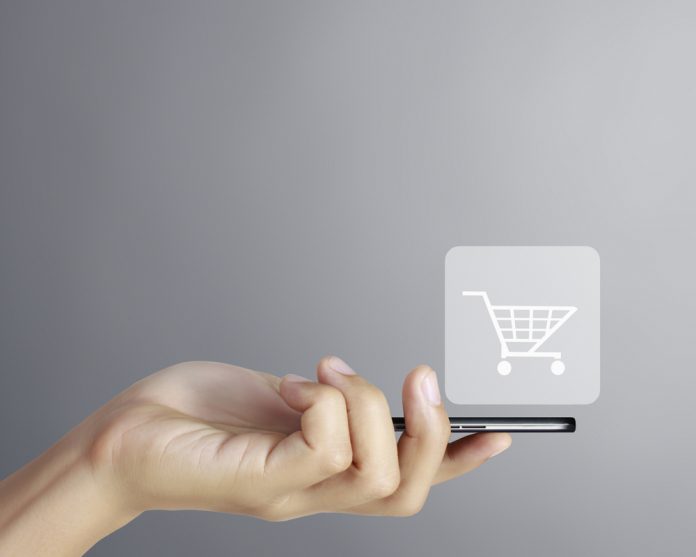E-commerce is a vital tool for businesses seeking to expand beyond brick-and-mortar establishments. It allows companies to reach customers at any time in any geographic region.
However, an expanded reach isn’t all it takes for an eCommerce website to thrive. You should always consider what the user needs to interact with your site successfully.
To help you prioritize the user, we compiled a list of what eCommerce customers want from their shopping experience. Use this list to ensure your venture into eCommerce succeeds.
eCommerce Design
Customers want a smooth buying journey, and that starts with the website design.
If your website doesn’t feature clear categories, or the link to add items to the cart is hard to distinguish from loads of other details on the page, you’re already failing. The messy design is preventing your site visitor from converting into a customer.
There are staggering levels of information when it comes to creating an ideal e-commerce experience. Your website design must consider design trends, tech tools, user experience, user interface, conversion optimization, and more.
With the weight of all these factors, you must keep your customers at the heart of the e-commerce experience. To ensure you have an optimal design that encourages people to buy, consider hiring a web design developer to revamp your eCommerce website.
Free Shipping Opportunities
Customers will put together a cart and be ready to checkout—until they see the shipping cost.
Free shipping is an enormous factor when it comes to convincing people to shop online. Free two-day shipping is one of the many factors that make Amazon Prime ultra-successful!
If you can combine free shipping with speedy shipping, you stand a better chance of locking in a loyal customer.
Additionally, conditional free shipping tends to be effective, too. Consumers are likely to add items to their order if doing so lets them qualify for free or expedited shipping.
Promote these features throughout the buyer’s experience—from the homepage to check out—to help lock in customers and make the sale.
Personalized Experience and Recommendations
Artificial intelligence, big data, and machine learning allow companies to learn a lot about website users. But what you do with that information is what matters.
A smart idea is to tailor product recommendations and promotions based on what is likely to garner views and secure purchase. This focus helps provide a personalized shopping experience for your customers while driving conversion optimization rates for you.
Special Deals
The brick-and-mortar shopping experience involves some commitment. Customers have to go to the store, park, walk around, and explore. With that time commitment comes an urge to buy something to make the trip worth it.
In the eCommerce world, commitment is much more fleeting. A quick Google search brings multiple products and options to your user, all at the tips of their fingers. Customers can easily compare prices, explore reviews, and use any deterrent as a reason to say no.
This situation is where exclusive deals and competitive pricing will help. Users are more likely to buy online if they think this is the best deal they will find. You can run “online-only” coupons to promote online sales or send coupon codes to bring them back to a shopping cart.
Customer Input
Customers know you can write up a convincing product description or perfectly edited demonstration video. But what customers really want is access to reviews from authentic sources.
Yelp, Amazon reviews, and on-site reviews will give insight into your business and build trust with customers. Make sure to follow through on all user reviews, especially negative ones, to transform any experience into a positive one.
Easy Returns
Shopping online always runs a bit of a risk—especially if it involves clothing or any items based on size. However, if you can create a smooth, hassle-free return process, you will encourage more shopping and loyal customers.
Some return ideas include:
- Directly contacting the customer for returns
- Providing self-service return labels
- Covering the cost of return shipping
The return process needs to be buyer-friendly and visibly promoted. If the return process is favorable to the customer, you will go far in providing what the customer wants.
These five examples give a glimpse into creating a user-focused e-commerce experience that encourages shopping and online purchases. Always stay in tune with what the customer wants to improve your business and provide the best experience possible.
Find a Home-Based Business to Start-Up >>> Hundreds of Business Listings.

















































